Car modifications can make your ride look cooler, sound louder, or even go faster, but not every upgrade is welcome on Canadian or American roads. Many mods cross the line from fun to illegal because of safety concerns, noise regulations, or emissions laws. That does not stop enthusiasts from doing them anyway, but it could mean tickets, fines, or even having your car pulled off the road. Here are 12 common mods that can land you in hot water.
Window Tint That Is Too Dark
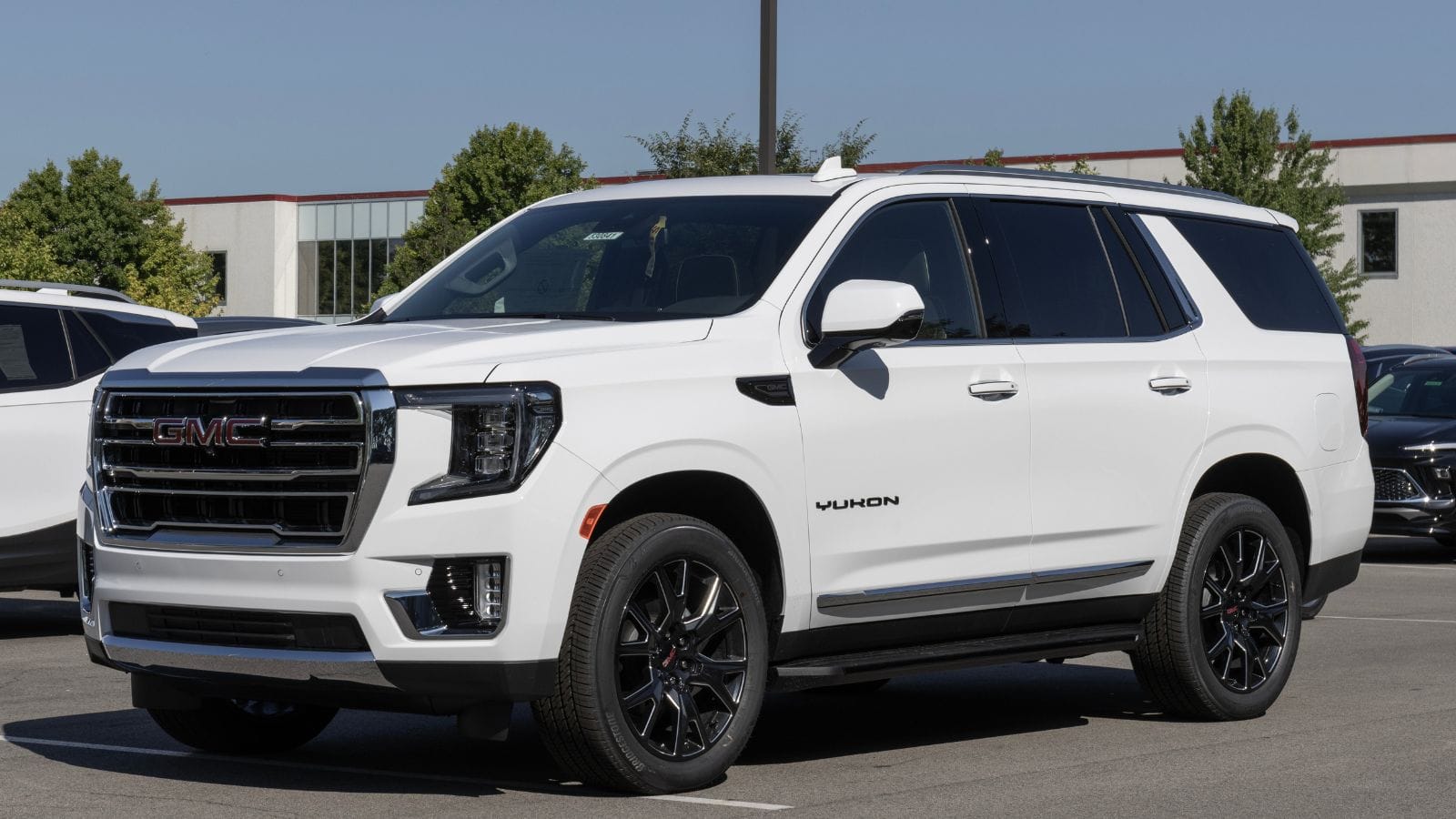
Tinted windows look sharp and offer privacy, but laws in both the US and Canada limit how dark you can go. States and provinces set percentages of how much light must pass through, and police often carry testers. The front windows usually have the strictest rules, since officers want to see inside during a stop. Ontario police, for example, routinely hand out fines for heavy tint on the driver’s and passenger’s glass. Go too dark, and you could end up with a costly fine and an order to remove it.
Underglow Lighting
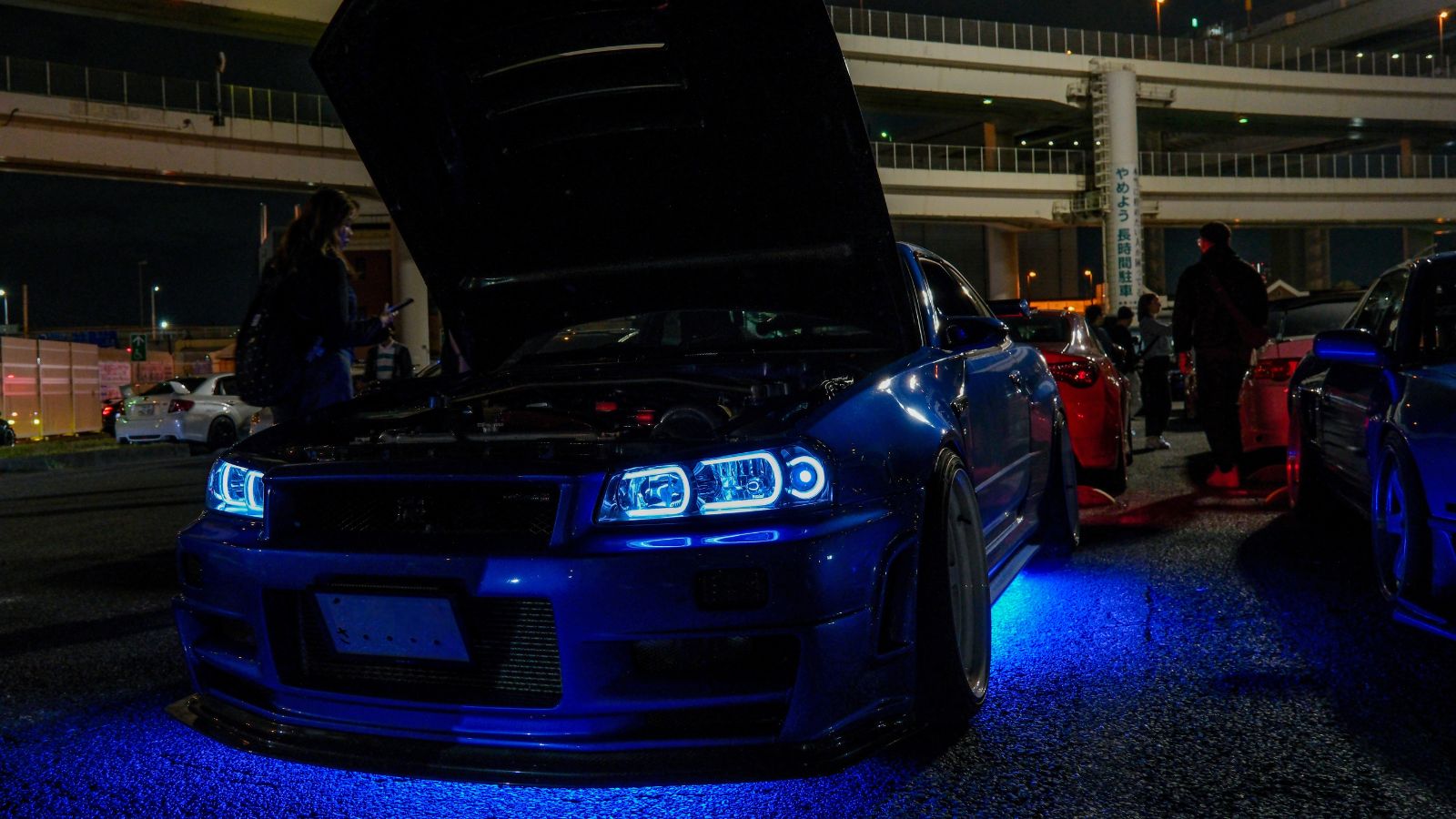
Neon lights under a car became famous in the Fast and Furious era, but they are not always legal. Blue and red lights are often banned because they can be mistaken for police vehicles, and flashing patterns are also prohibited. In Quebec, even green and purple lights are restricted for safety reasons. While some places allow underglow for parked show cars, driving around with glowing neon tubes can attract more tickets than compliments.
Excessively Loud Exhausts
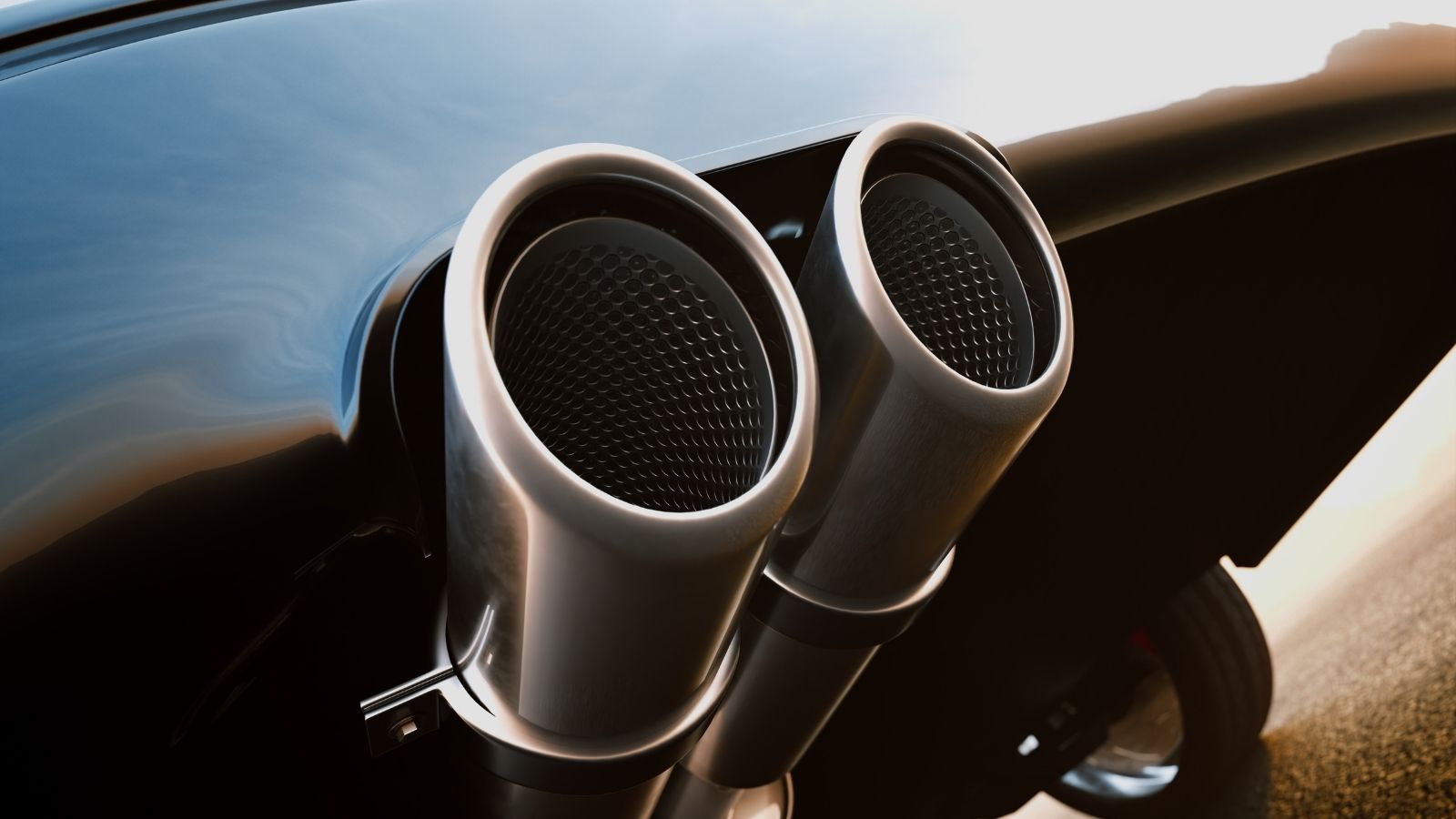
A deep rumble or loud crackle might feel like pure muscle car spirit, but most cities now enforce strict decibel limits. Exhaust systems modified to remove mufflers or add straight pipes are prime targets. Police in California hand out thousands of fines every year for “excessive noise,” while cities in British Columbia have roadside noise detectors that automatically issue fines. Some enthusiasts try to skirt the rules with valve-controlled exhausts, but if the wrong officer hears it, a ticket is almost guaranteed.
Lift Kits That Are Too High
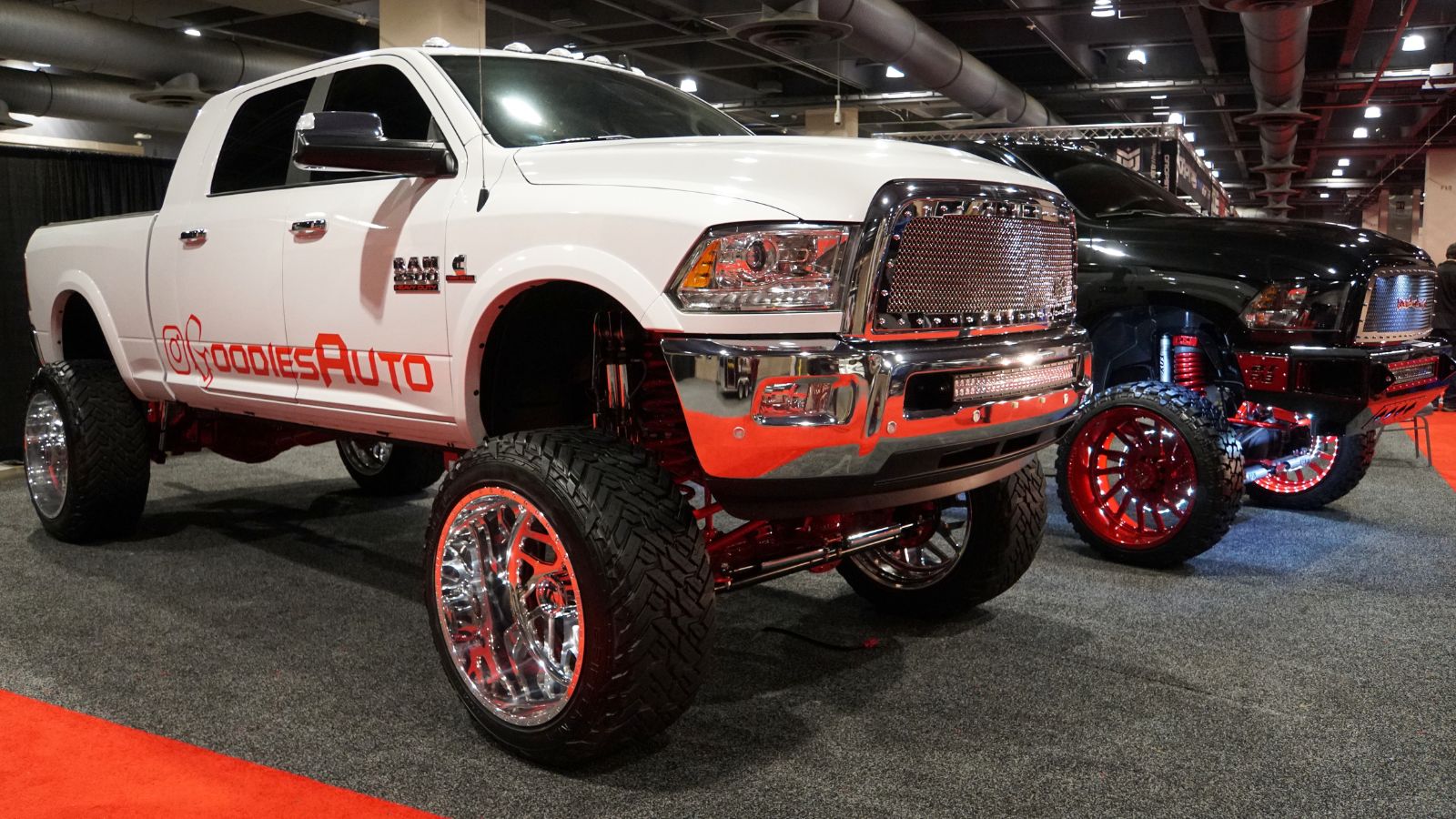
Raising your truck or SUV can look tough, but suspension and lift kits beyond legal height limits are often banned. Authorities worry about rollovers and blinding other drivers with high headlights. In Alberta, for example, bumper height rules limit how tall a lifted truck can be. In US states like New Jersey, vehicles with extreme lifts can fail inspection instantly. Go too high, and you may be forced to lower it back down or lose your registration.
Lowering Cars Too Much
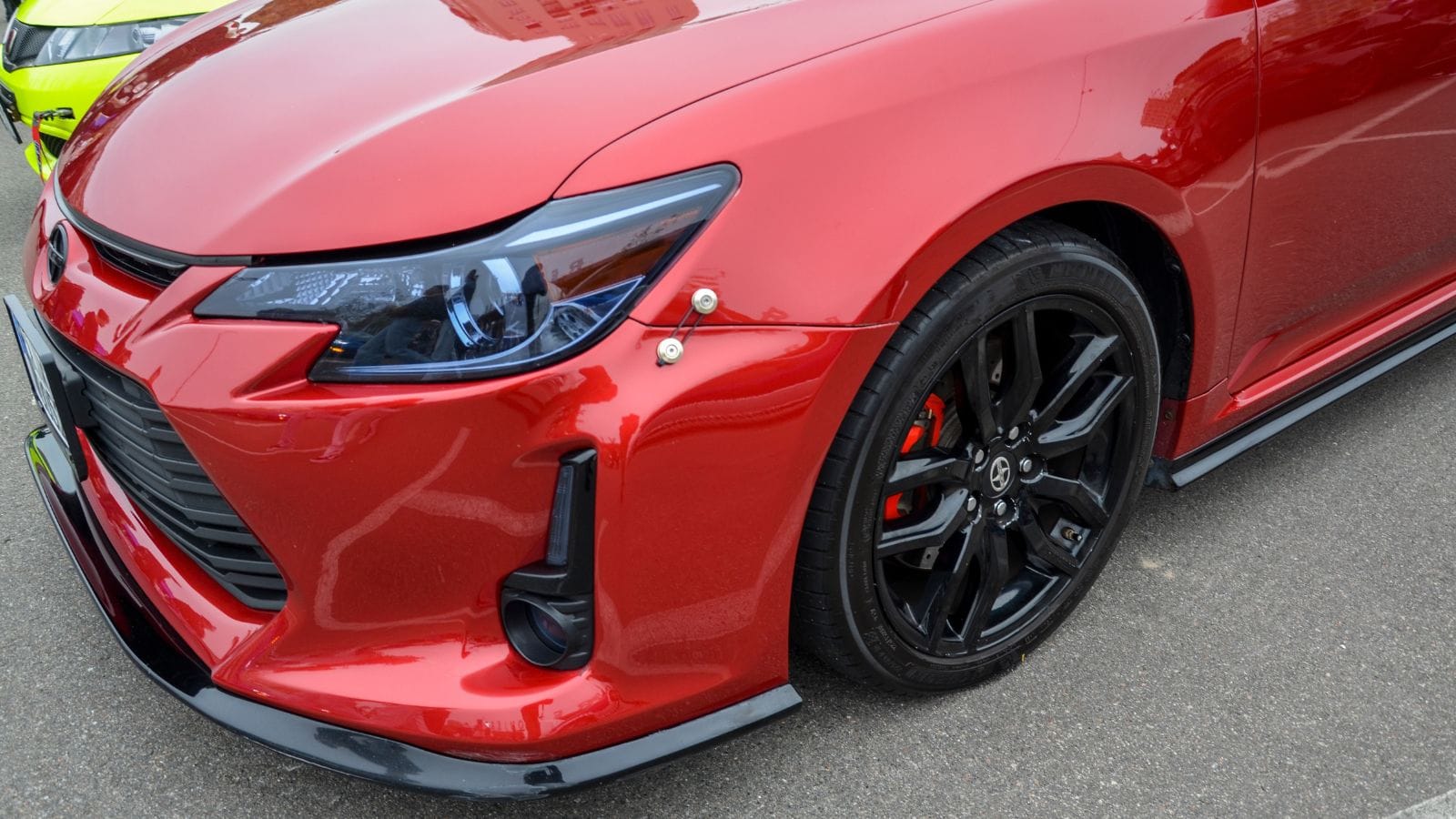
Slamming a car until it scrapes speed bumps may look stylish, but extreme lowering can be illegal. Laws often require a minimum ground clearance for safety and to prevent damage to roads. Cars riding too low may also fail inspections if suspension travel or headlights fall below legal limits. Police in states like Florida regularly target stance cars for safety checks. While the culture has its fans, extreme negative camber and dragging frames can also bring unwanted police attention.
Illegal Engine Swaps
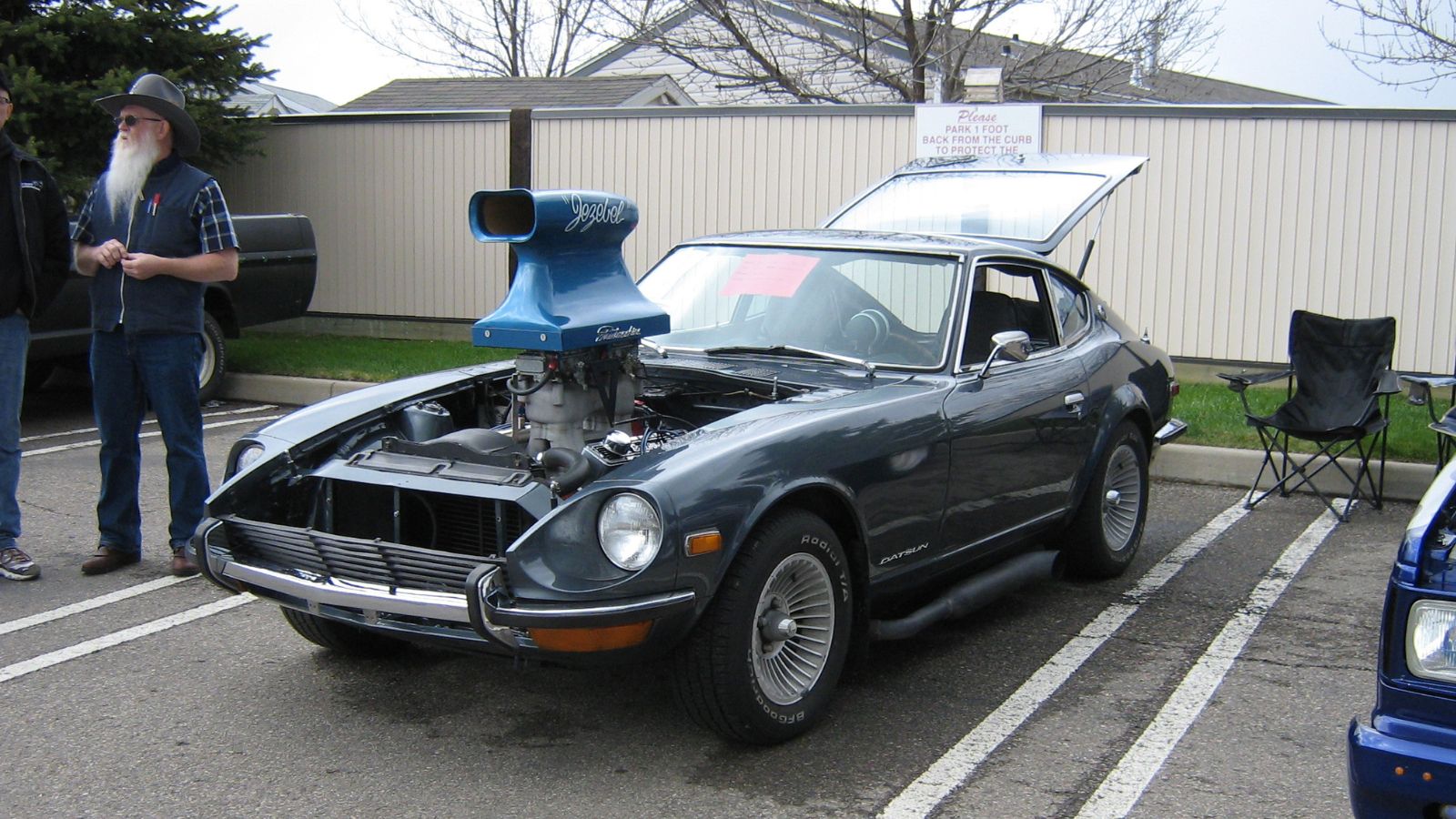
Dropping a bigger engine into a car has been popular for decades, but emissions laws complicate things today. In many states and provinces, the engine must meet or exceed the emissions standards of the original. That means swapping in an older or dirtier engine could get your car banned from the road. California’s strict regulations have crushed the dreams of many project builders who try to install old V8s into newer cars. Inspectors can fail vehicles with illegal swaps, and fines are possible if caught.
Flashing or Colored Headlights
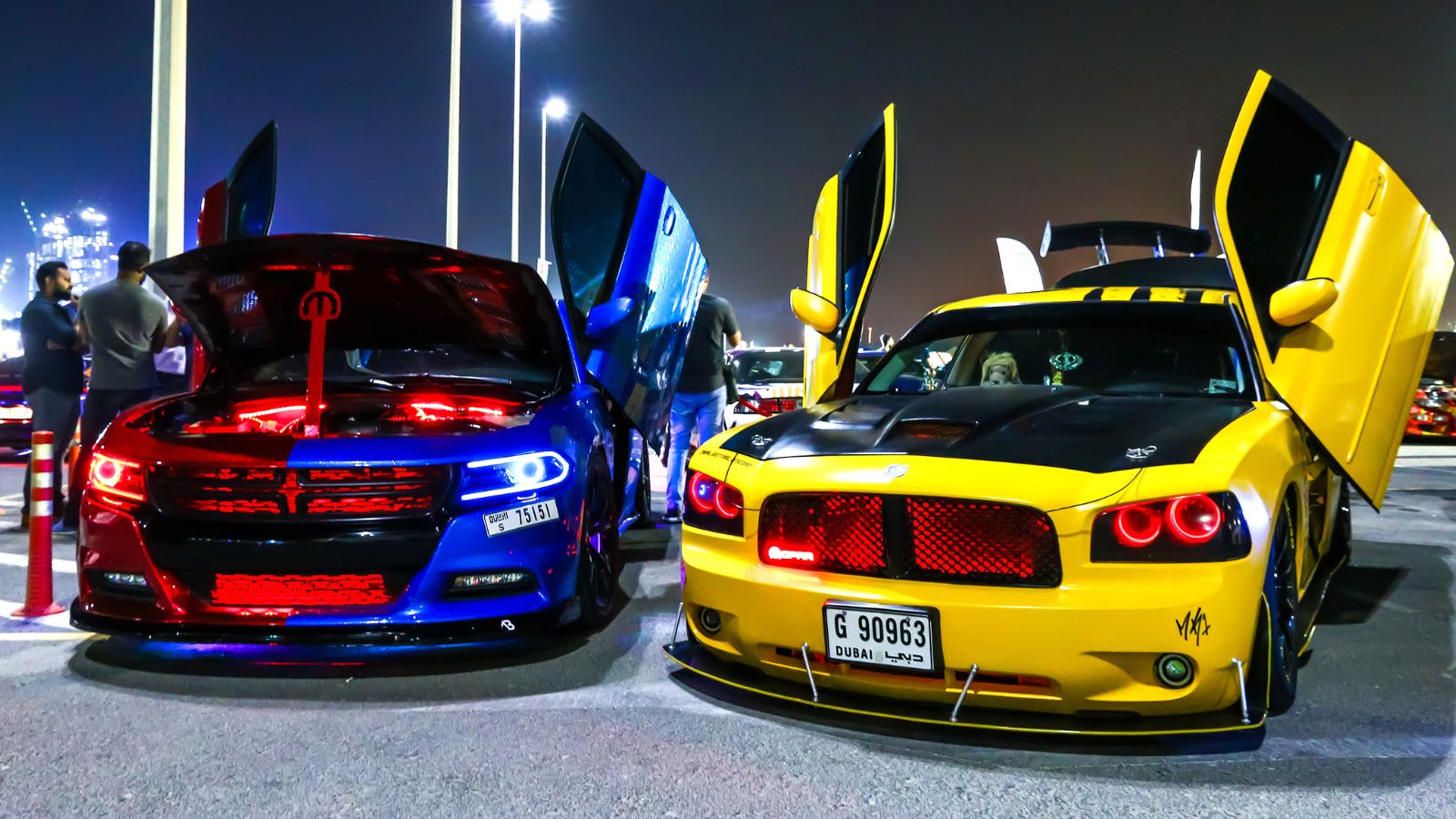
Custom headlight kits with blue, purple, or flashing lights may look futuristic, but they are often illegal. Most areas require headlights to be white or yellow to avoid confusing other drivers. Strobe style lights are usually reserved for emergency vehicles. In parts of the US, police are cracking down on cheap aftermarket LED kits that blind other drivers. While LED and HID upgrades are popular, using non approved colors or brightness can land you a ticket quickly.
Removing Catalytic Converters

Car enthusiasts sometimes remove catalytic converters to boost power or sound, but it is a huge no go under emissions laws. Both the US and Canada mandate catalytic converters on all modern vehicles. Removing one not only harms the environment but can result in massive fines. In the US, penalties can run into thousands of dollars per violation. Inspectors check for them during emissions tests, and cars without them cannot pass. Scrap metal theft has made “cats” valuable, but removing yours intentionally is a one way ticket to legal trouble.
Too-Loud Sound Systems
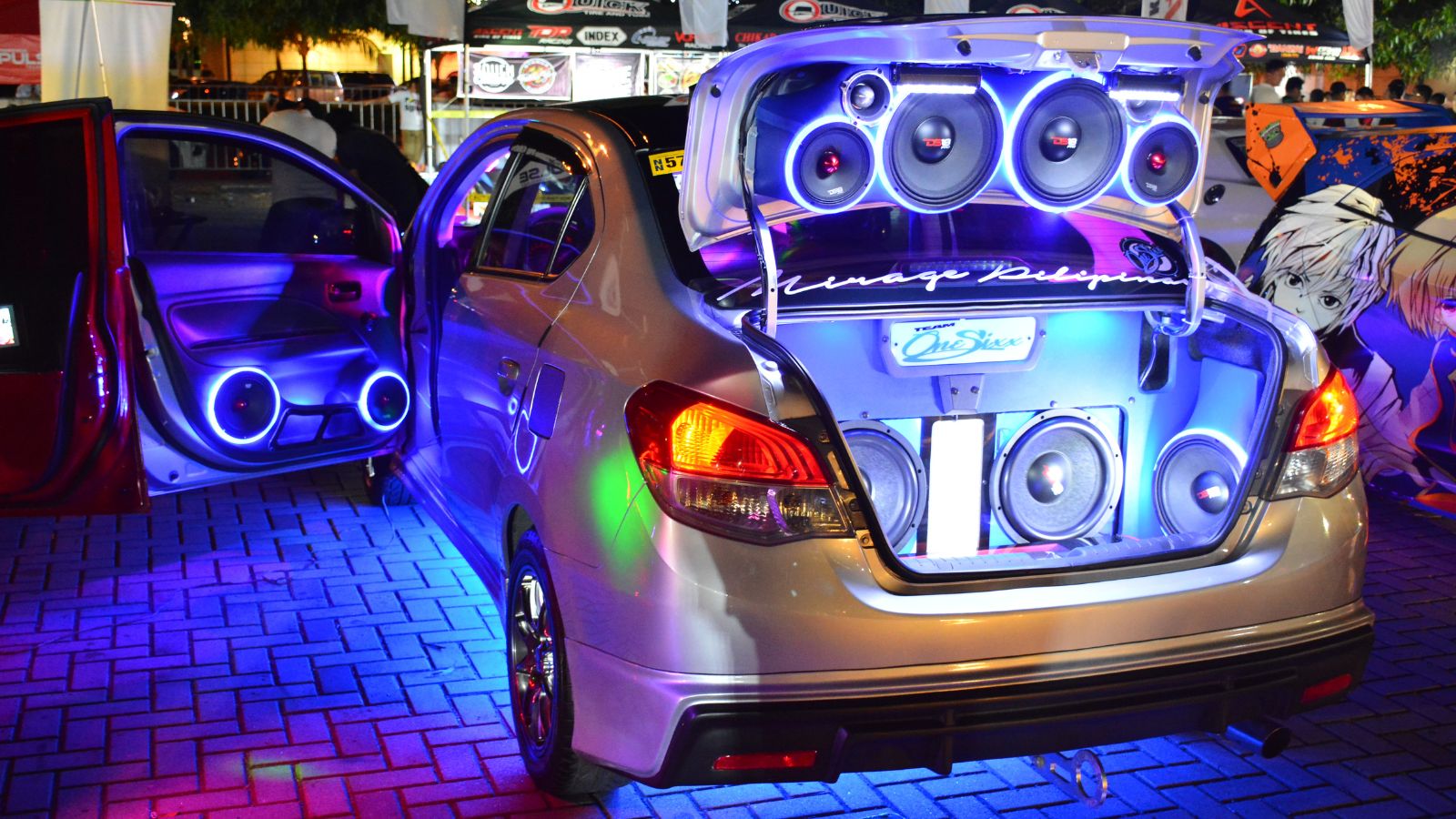
Subwoofers that rattle the windows of nearby houses may be fun, but many areas have noise laws specifically targeting car stereos. Police can pull you over if they hear your system from a certain distance. In Toronto, some bylaws specifically set decibel levels for car audio, and violations can mean hefty fines. In Florida, the law is simple: if your music can be heard more than 25 feet away, you are in violation. Repeated offences can even lead to your equipment being confiscated.
Illegal License Plate Covers
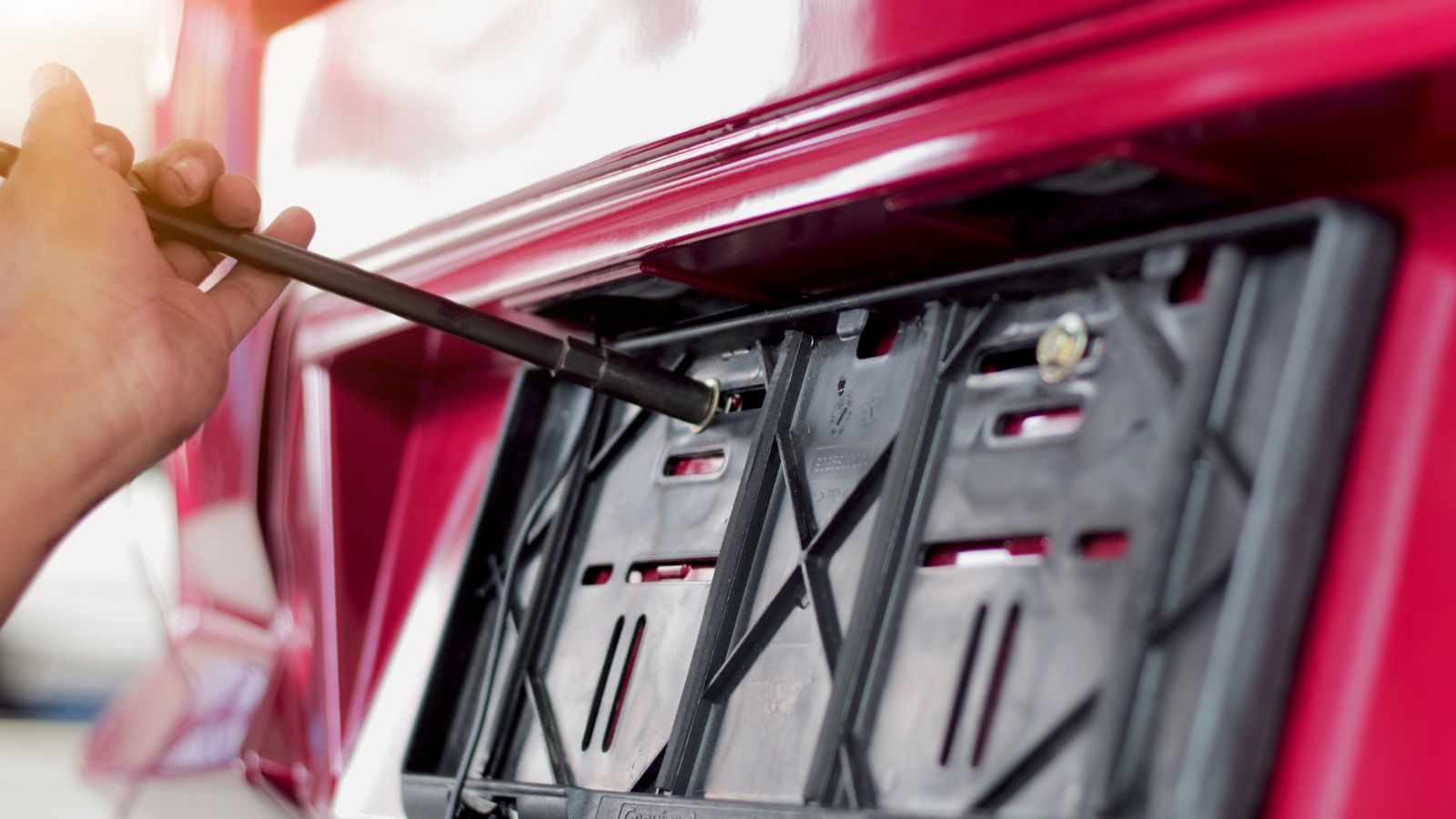
Tinted or reflective license plate covers are marketed to keep cameras from catching your plate, but they are outlawed almost everywhere. Plates must be visible and easy to read at all times. Some covers claim to block speed cameras, but police consider them tampering. In Ontario, there have been court cases where drivers tried to argue the legality of covers but lost every time. In both Canada and the US, using them can mean fines and even mandatory removal on the spot.
Oversized Wheels and Tires

Massive wheels with rubber band tires might look cool, but they can be dangerous if they exceed legal size or weight ratings. Wheels that stick out too far can throw rocks and debris, while oversized tires can rub on fenders and reduce braking performance. Safety inspectors may fail cars with improper wheel setups, and some states issue tickets for dangerous modifications. In Manitoba, vehicles with wheels protruding past the fender line are often flagged for safety inspections on the spot.
Using Blue or Red Flashers

Equipping your car with flashing red or blue lights is a fast way to get pulled over. These colours are reserved for emergency vehicles, and impersonating police is a serious offence. Even small LED strips or dash lights can get you into trouble. In the US, using red and blue strobes has led to criminal charges in some cases. While some enthusiasts install them for shows, using them on public roads is strictly forbidden, and enforcement is taken very seriously.
25 Facts About Car Loans That Most Drivers Don’t Realize

Car loans are one of the most common ways people fund car purchases. Like any other kind of loan, car loans can have certain features that can be regarded as an advantage or a disadvantage to the borrower. Understanding all essential facts about car loans and how they work to ensure that you get the best deal for your financial situation is essential. Here are 25 shocking facts about car loans that most drivers don’t realize:
25 Facts About Car Loans That Most Drivers Don’t Realize
